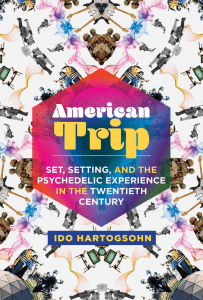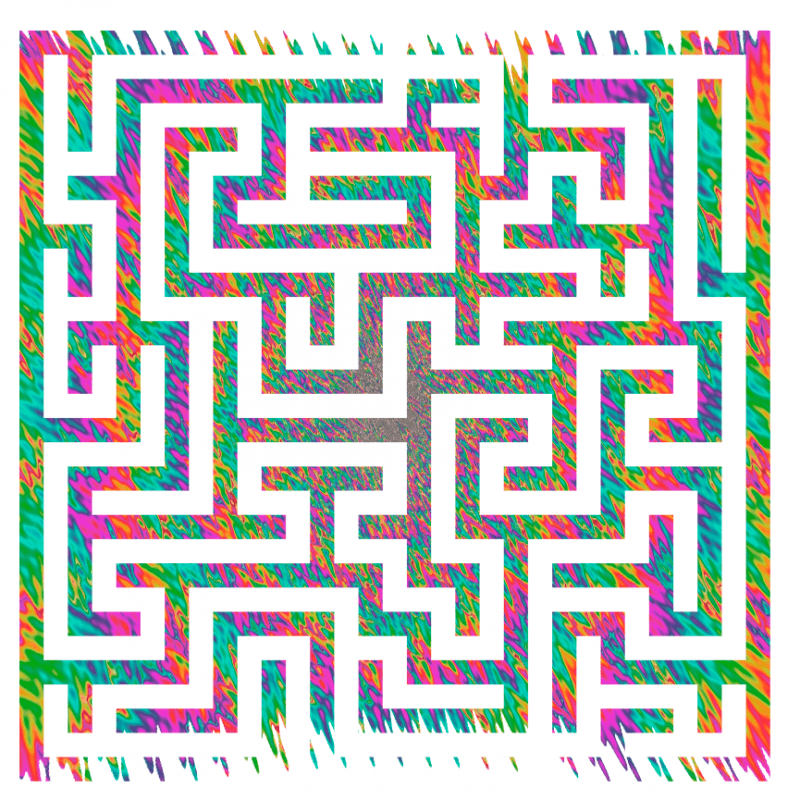 Creativity and psychedelics have been closely allied ever since recorded history began. We can find ancient mushroom art that was likely inspired by the psychedelic experience, and in more recent history, we have reports of inspiration from psychedelics abound from the Beatles to Steve Jobs to microdosing tech enthusiasts.
James Fadiman
Creativity and psychedelics have been closely allied ever since recorded history began. We can find ancient mushroom art that was likely inspired by the psychedelic experience, and in more recent history, we have reports of inspiration from psychedelics abound from the Beatles to Steve Jobs to microdosing tech enthusiasts.
James Fadiman (one of the speakers at ICPR) studied creativity with engineers and architects in the 1960s. Although the studies [1] weren’t up to today’s standards of double-blind, placebo-controlled, they did provide a first hint of what was to come.
The participants noted that they found solutions to problems they had been working on for months. In the studies they were given a moderately high dose of LSD or mescaline (100ug and 200mg respectively). Their inhibitions were reduced, ideation flowed more easily, and they could see the problem from different perspectives.
“Looking at the same problem with (psychedelic) materials, I was able to consider it in a much more basic way, because I could form and keep in mind a much broader picture.” – study participant
Creativity itself is a tricky concept to define and measure. It can be defined as the ability to produce original and unusual ideas, or to make something new or imaginative. You can see creativity as a process that happens by combining information in new ways. This process is most commonly divided into two parts: divergent (generating ideas) and convergent (evaluating ideas) creativity.
Ben Sessa asked in 2008 if it was time to revisit psychedelics and creativity [2], as the creative process and the psychedelic experience shared many characteristics. But that since the 1960s, not many studies had looked into psychedelics and creativity.
Findings
Since 2008 there have been many studies on both the perceived effects (at macro- and microdoses) of psychedelics on creativity. A preliminary conclusion could be that psychedelics help with divergent creativity during the psychedelic experience, and possibly with convergent creativity during the integration afterward. A small selection of them found the following:
During a psychedelic experience with Ayahuasca, divergent creativity was slightly enhanced on one measure [3]. Participants in the study were more creative in identifying novel connections between pictures (PCT test). Measuring one [4] and two [5] days after a psychedelic retreat with respectively a macrodose of psilocybin and ayahuasca, divergent creativity was also found to be enhanced.
In the study of the psilocybin retreat [4] however, the convergent creativity was impaired during the psychedelic experience. In the test they were worse at identifying a set connection between pictures. But convergent creativity was higher when they measured it seven days later. So although this measure of creativity was worse during a macrodose, it seemed to have improved a week later.
At the microdosing level, many people report being more creative. A survey study that included a test of creativity, on which Rotem Petranker worked, confirmed this [6]. The study found a weak correlation (r = 0.15) between microdosing and creativity.
How psychedelics lead to creativity is still being studied and Ido Hartogsohn points towards the meaning-enhancing properties of them as a possible mechanism [7]. If you’re not as critical of yourself, he states, then you might have more divergent ideas which can then be valuable after evaluation (convergent).
“By magnifying the perceived significance of creative challenges and insights, psychedelics provide users with the impetus to pursue new, less obvious lines of ideation that they might otherwise have ignored; and with enhanced motivation to explore new creative directions to their fullest ramifications.” (p. 129)
Chemistry
How this happens at the level of brain chemistry is currently being investigated by researchers like Leor Roseman. One study [8] he worked on showed more general coherence and lower frontoparietal network activity whilst on a macrodose of psilocybin.
The coming decades will shed more light on what aspects of creativity psychedelics can influence. Retreats that work together with researchers, like the one Daan Keiman runs, may help provide insights.
The speakers above are among the 60+ speakers at the Interdisciplinary Conference on Psychedelics Research – taking place from the 24th to the 27th of September. Here, top researchers will showcase the latest multi-disciplinary insights from psychedelic science. More information at icpr2020.net.
[1] Harman, W. W., McKim, R. H., Mogar, R. E., Fadiman, J., & Stolaroff, M. J. (1966). Psychedelic agents in creative problem-solving: A pilot study. Psychological reports, 19(1), 211-227.
[2] Sessa, B. (2008). Is it time to revisit the role of psychedelic drugs in enhancing human creativity?. Journal of Psychopharmacology, 22(8), 821-827.
[3] Kuypers, K. P. C., Riba, J., De La Fuente Revenga, M., Barker, S., Theunissen, E. L., & Ramaekers, J. G. (2016). Ayahuasca enhances creative divergent thinking while decreasing conventional convergent thinking. Psychopharmacology, 233(18), 3395-3403.
[4] Mason, N. L., Mischler, E., Uthaug, M. V., & Kuypers, K. P. (2019). Sub-acute effects of psilocybin on empathy, creative thinking, and subjective well-being. Journal of psychoactive drugs, 51(2), 123-134.
[5] Frecska, E., Móré, C. E., Vargha, A., & Luna, L. E. (2012). Enhancement of creative expression and entoptic phenomena as after-effects of repeated ayahuasca ceremonies. Journal of psychoactive drugs, 44(3), 191-199.
[6] Anderson, T., Petranker, R., Rosenbaum, D., Weissman, C. R., Dinh-Williams, L. A., Hui, K., Hapke, E., Farb, N. A. (2019). Microdosing psychedelics: personality, mental health, and creativity differences in microdosers. Psychopharmacology, 236(2), 731-740.
[7] Hartogsohn, I. (2018). The meaning-enhancing properties of psychedelics and their mediator role in psychedelic therapy, spirituality, and creativity. Frontiers in neuroscience, 12, 129.
[8] Girn, M., Mills, C., Roseman, L., Carhart-Harris, R. L., & Christoff, K. (2020). Updating the dynamic framework of thought: Creativity and psychedelics. NeuroImage, 116726.


 This kind of effect is something anthropological literature was predicting already a decade earlier. In the late 1950s, anthropologist Anthony Wallace argued that psychedelic users in the West were more liable to have negative experiences than those that had them in traditional or indigenous societies. Societies, like in the West, that conceive of hallucinations as something that is inherently dangerous and meaningless increase the chance for harmful experiences.
This kind of effect is something anthropological literature was predicting already a decade earlier. In the late 1950s, anthropologist Anthony Wallace argued that psychedelic users in the West were more liable to have negative experiences than those that had them in traditional or indigenous societies. Societies, like in the West, that conceive of hallucinations as something that is inherently dangerous and meaningless increase the chance for harmful experiences.


